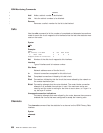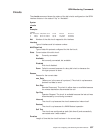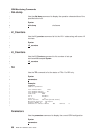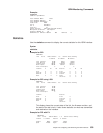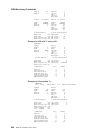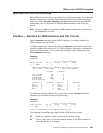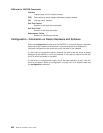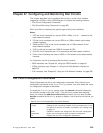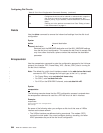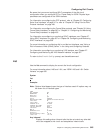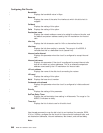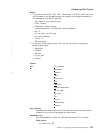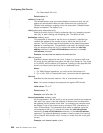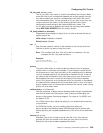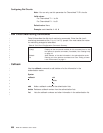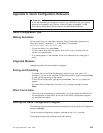
Table 83. Dial Circuit Configuration Commands Summary (continued)
Command Function
Set Configures the dial circuit for inbound or outbound calls, maps the
dial circuit to a serial line interface, and sets addresses, idle
timeout, priority, lid_out address, inbound destination, and self-test
delay.
Exit Returns you to the previous command level. See “Exiting a Lower
Level Environment” on page 11.
Delete
Use the delete command to remove the inbound call settings from the dial circuit
configuration.
Syntax:
delete
inbound
destination
inbound
destination
Removes both the INBOUND destination and the ANY_INBOUND settings
from the dial circuit configuration. This causes the dial circuit to accept calls
only from callers that have a phone number that matches the
destination
parameter.
Encapsulator
Use the encapsulator command to enter the configuration process for the link-layer
protocol (for example. PPP, Frame Relay, X.25 , dial-out, SDLC) that is running on
the dial circuit interface.
Note: The default for a dial circuit interface created via the add device dial-circuit
command is PPP. To change the link layer type, at the Config> prompt:
v For Frame Relay, enter set data-link frame-relay.
v For SDLC, enter set data-link sdlc.
v For X.25 on the ISDN BRI D-channel, enter set data-link x25.
Syntax:
encapsulator
The following example shows that the PPP configuration process is entered when
the encapsulator command is used for a PPP dial circuit or dial-in interface.
Example:
encapsulator
Point-to-Point user configuration
PPP Config>
Be aware of the following when you configure a dial circuit that uses a V.25bis
interface as the base network:
v The V.25bis interface pre-defines clocking as external. The modem (DCE)
controls the clock speed. You cannot configure clocking, encoding, and other
HDLC parameters as part of the dial circuit configuration.
Configuring Dial Circuits
644
MRS V3.2 Software User’s Guide
|
|
|
|
|
|



